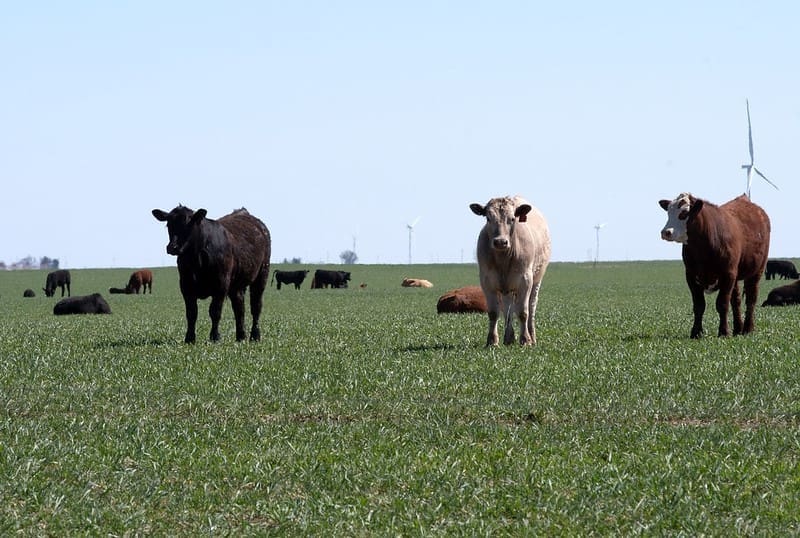By Trish Svoboda
Phillip Lancaster, a nutritionist with the K-State Beef Cattle Institute, said that just as different plants thrive in varying environments, the same applies to forages used in feeding beef cattle. He discussed this during a recent episode of the Cattle Chat podcast, addressing how cattle producers can select the optimal forage for their operations.
“There are numerous types of forages available, and the best choice depends on the specific needs of each operation,” Lancaster explained.
He highlighted cool-season annuals such as wheat, and rye, which are planted in the fall and provide grazing opportunities in late fall and early winter. Lancaster said that in the spring, cattle can again graze these crops, or producers can choose to preserve them as hay for future forage use.
One challenge with harvesting cool-season crops is timing it for optimal forage quality. These plants quickly reach the seed head stage as temperatures rise, so there’s a brief window for harvesting. After harvesting cool-season forage, Lancaster suggested some producers follow up with warm-season crops like pearl millet or crabgrass.
For tailored advice on selecting the most suitable forage varieties, Lancaster advised contacting the local extension office. “County agents are well-informed about what thrives in the area and can recommend crops that align with your management practices.”













